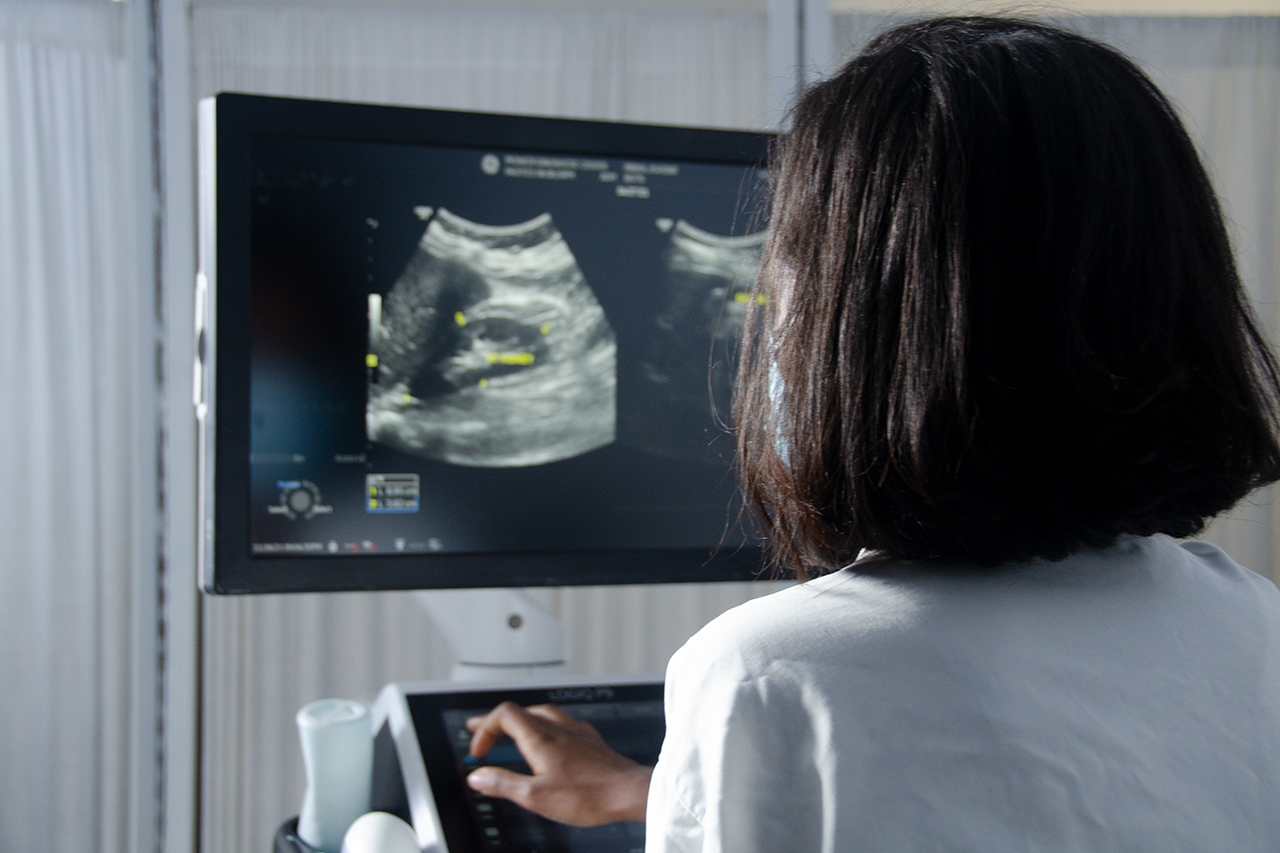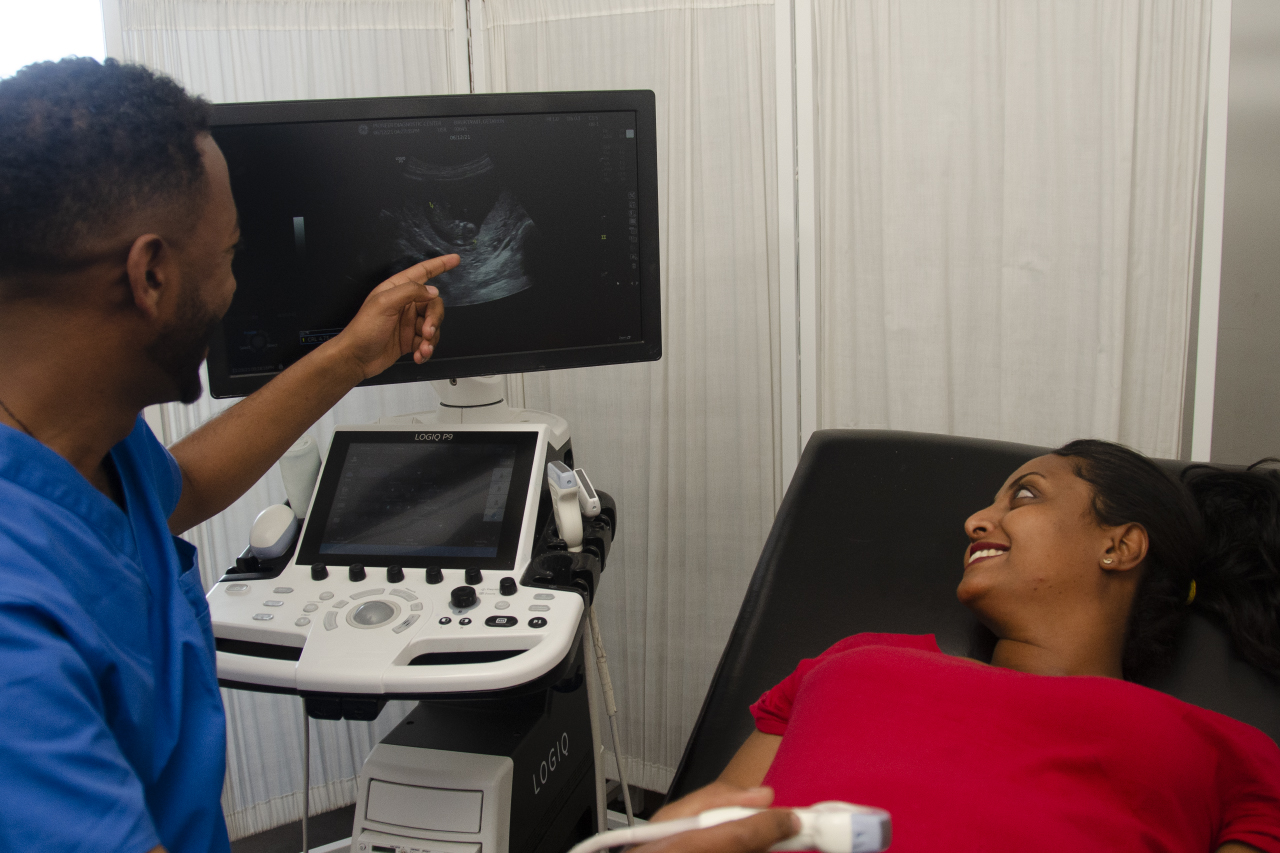4D – ULTRASOUND
Ultrasound is a useful way of examining many of the body’s internal organs, including the heart, liver, gallbladder, spleen, pancreas, kidneys and bladder. Because ultrasound images are captured in real-time, they can show movement of internal tissues and organs, and enable physicians to see blood flow and heart valve functions.

Things you should know before your Ultrasound scan
• For Renal or Kidney Ultrasound Drink three glasses of water. You must finish drinking all of the water 1 hour prior to arriving for your imaging study. DO NOT empty your bladder. Pregnant patients should drink the water slowly.
• For Pelvis or Lower Abdomen, Obstetrics, Male Lower Ultrasound Studies Drink four glasses of water. You must finish drinking all of the water 1 hour prior to arriving for your imaging study. DO NOT empty your bladder. Pregnant patients should drink the water slowly.
• For Upper Abdomen, General Survey Ultrasound Study (Aorta, gall bladder, inferior vena cava, liver, pancreas, renal stenosis, retro-peritoneal, spleen) Nothing to eat or drink after midnight the day prior to your appointment.

What to Expect During Your Ultrasound
Ultrasound is a painless, non-invasive test where you sit or lie comfortably on an exam table while the radiologist applies a warm water-based gel to the body-part being examined. The radiologist then uses a small hand-held device called a transducer, about the size of a computer mouse, to perform the exam, gently moving it back and forth over the area of interest until the desired images are captured. There is usually no discomfort during the exam. Once the test is complete, the radiologist will wipe off the water-based gel. Any remaining gel will dry to a powder. This gel will not stain or discolor your clothing. You will be free to leave the facility and resume normal activities as soon as you are ready after your test.